While Formula 1, the British Touring Car Championship and the World Rally Championship take the sport’s limelight, they account for barely 40 of the 30,000 UK competition licence holders. Largely flying under the radar, a huge amount of competitive motorsport takes place every weekend of the year.
In truth, the 2019 season has been a mixed affair. External pressures weigh heavily on the sport and participants’ ability to commit time and money to it remains a major factor. The groundswell of opinion against fossil fuels, noise, safety and litigation concerns, a shortage of volunteer officials and even Brexit uncertainty have all impacted the sport to some extent.
Yet it is far from all gloom and doom and grass-roots motorsport continues to deliver fun and enjoyment to thousands of people. The past year has provided significant success stories right across the sport.
In racing, proper low-cost competition has thrived and the new Citroën C1 Challenge broke all records with a grid of 100 cars and 500 drivers for a 24-hour marathon at Silverstone. Dozens of novices featured in the near-standard cars and there were an awful lot of damaged cars after 24 hours. Sadly, a second round-the-clock marathon planned for Anglesey in September had to be binned due to a dire shortage of marshals.
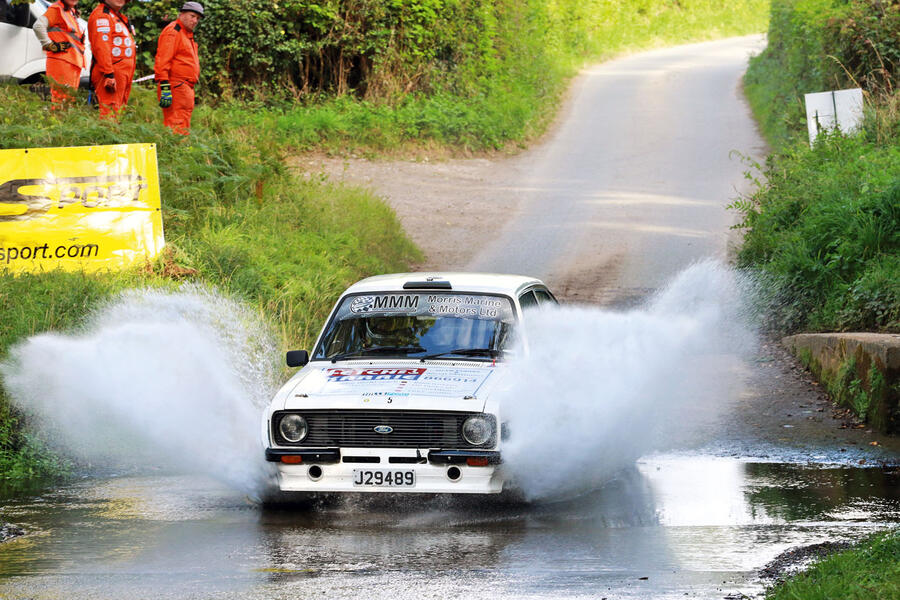
Elsewhere in racing, the Classic Sports Car Club set a strong pace with its winning formula of longer races and categories to cover just about any car. At a time when the traditional racing clubs like the British Automobile Racing Club and the British Racing and Sports Car Club were feeling the pinch, the CSCC was flying.
In historic racing, an oversupply left some grids and events looking rather thin, but Historic Formula 2 bucked the trend and more than 50 racing cars from the 1970s filled the grid at the Silverstone Classic. The Equipe GTS movement for production-based sports and GT cars of the early 1960s was strong and the Historic Racing Drivers’ Club had another very healthy season. However, for sheer quality of wheel-to-wheel racing, nothing could rival Historic Formula Ford, where races were often decided by fractions of a second.
Away from racing, national-level forest rallying had an average year as the cost of competing rose at an alarming rate. The recent Roger Albert Clark Rally showed that many crews are now looking for a longer-distance adventure than the traditional one-day, 45-stage-mile events.
The real rallying expansion was in the small but growing number of special stages run on closed public roads. Six events have now been run since the relevant UK mainland laws were changed and competitors have queued up to tackle special stage rallying in the lanes.
Speed eventing had another strong season in both hillclimbs and sprints. The big venues like Shelsley Walsh and Prescott frequently draw overflowing entries and plenty of them are from newcomers in near-standard road cars. Competitive timed motorsport does not come any cheaper or accessible than this.
Paul Lawrence
READ MORE
Opinion: Why hillclimbing is the underrated hero of motorsport
Getting amateur racing back on track with motorsport's new boss
Racing lines: Car manufacturers may be fickle, but motorsport needs them

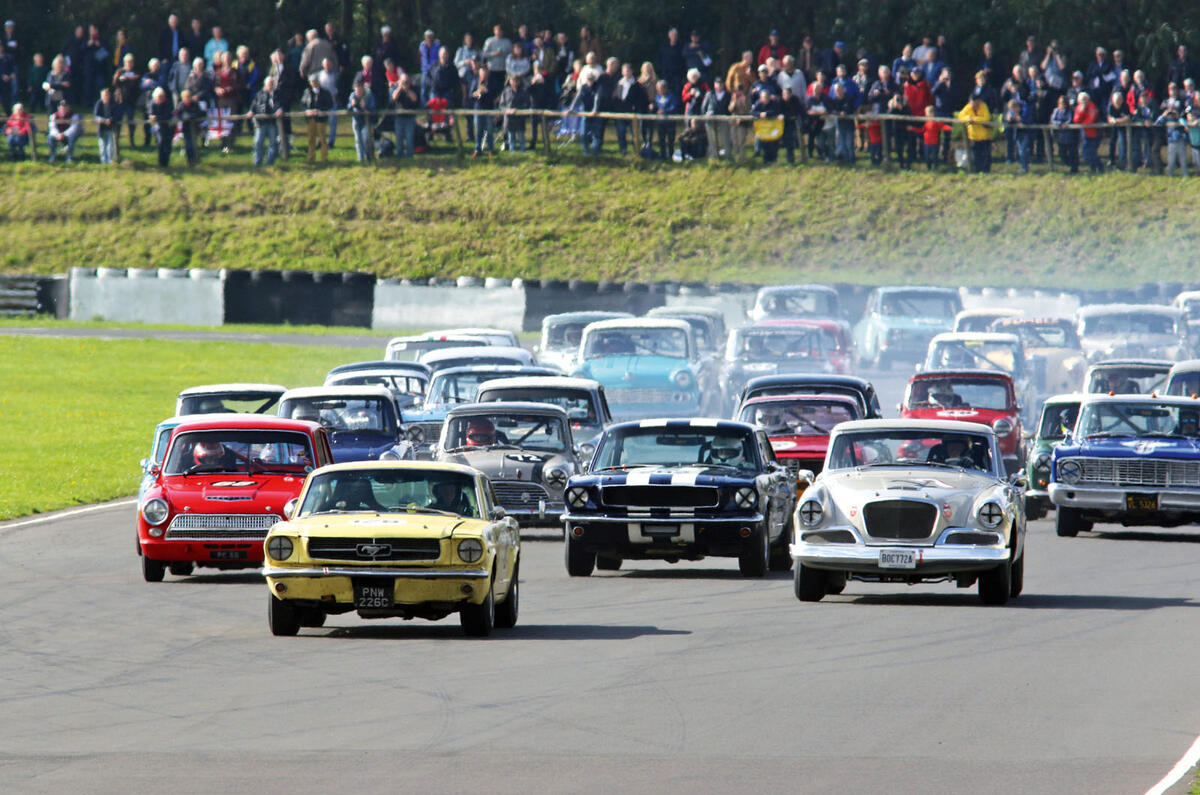
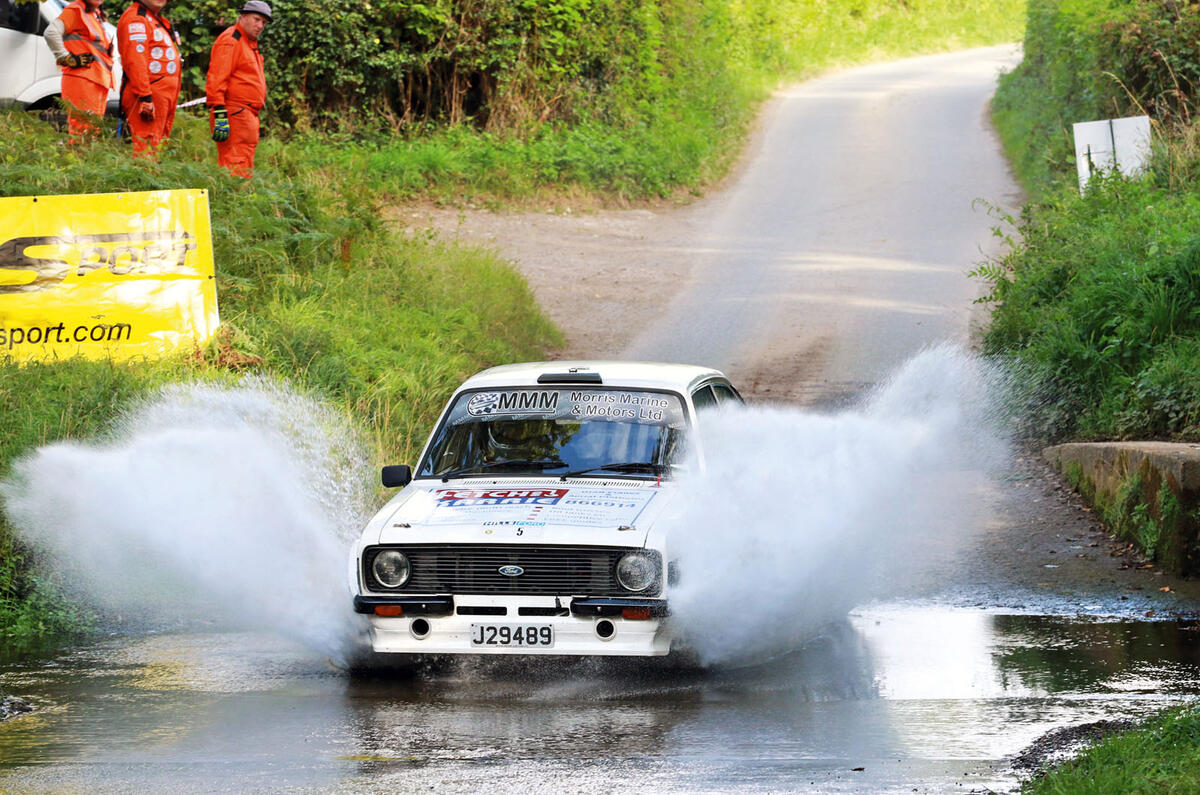
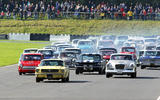
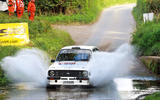


Add your comment